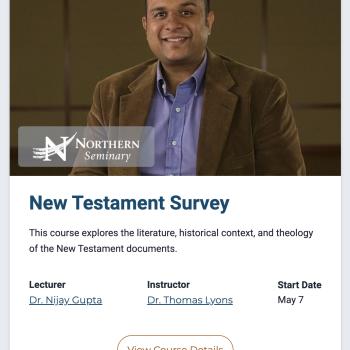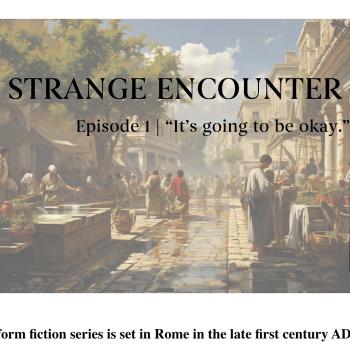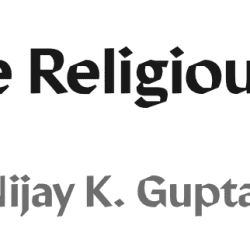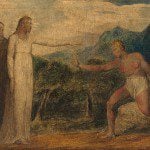Constructing Paul: The Canonical Paul (Vol. 1)
I comfortably put Luke Timothy Johnson (whom I lovingly abbreviate in my personal notes as “LTJ”) in the highest tier of New Testament scholars. Not only is he incredibly well-read, he always offers incisive critique of other views, and brings a fresh perspective to the text. His many commentaries are excellent, but his monographs are also remarkable, often ground-breaking.
His new tome is no exception.
*NB: Dr. Johnson has agreed to answer some interview questions on this new book. We will do that in a separate post. Stay tuned!*
When I first picked up this large volume, I had trouble discerning exactly what kind of book it was. It is not an introduction per se, and it is certainly not a survey of Paul’s letters. It might have been otherwise titled, Making Sense of Paul (though that name is actually already taken!). There are many different approaches to understanding Paul. Johnson works slowly through all the different elements of how one “constructs” Paul: sources, context, background, etc. In each case, he offers his own fresh perspective on studying Paul.
Even though it is 300+ pages, it is actually a quick read—thanks to Johnson’s smooth writing style. One of my favorite parts of this book, one I will revisit again and again for my own learning, is his early chapters where he challenges the academic approach to “authenticity” in the NT Pauline corpus (see 1-40, 62-92). Johnson questions the prevailing assumption that you can divide the Pauline corpus into genuine and pseudonymous letters (mostly based on style). This would assume the so-called undisputed letters are homogenous. But Johnson sets out to prove that the “undisputed” letters are actually quite diverse stylistically. He makes an interesting proposal that we should group the Pauline letters in stylistic “clusters”
Cluster 1: 1-2 Thessalonians
Cluster 2: 1-2 Corinthians
Cluster 3: Galatians and Romans
Cluster 4: Colossians and Ephesians
Cluster 5: 1-2 Timothy, and Titus
He consider Philippians and Philemon “outliers,” while still linking them to Paul.
So, how does Johnson account for the differences between these clusters? He proposes that we must imagine a “Pauline school” participating in the composition of these letters; this “school” was directly associated with the historical Paul. If I am understanding Johnson’s point, it could be that Paul’s co-writers/senders played major roles in the differing styles of these clusters. I find Johnson’s work on all of this refreshing and deeply insightful. And I largely agree with him!
Another interesting discussion in Constructing Paul is Johnson’s take on academic study of Paul in the Greco-Roman world (ch 7). Johnson is critical of more extreme anti-imperial and postcolonial readings of Paul. He argues that these approaches go beyond the evidence. Even though I think there is a place for postcolonial interpretation, but I found Johnson’s arguments worth a hearing.
Perhaps the most unique dimension of Johnson’s book—but quite expected if you have read his work before—is his chapter devoted to the formative elements of “experience” (especially experience of the resurrected Christ and the Spirit) in the life of Paul. This piece is all too often missing from studies of Paul’s life and theology and rightly given significant discussion by Johnson (ch 8; 195-223).
Johnson has planned a two-volume set. In the second volume, he will go book by book through Paul’s letters. In this first volume, he does more theoretical and contextualizing work, but he does include a key study of Philemon to showcase his own approach to Paul (ch 10; 247-270).
This is not suitable as a basic introduction to Paul, if you are looking for that. This is more of an advanced introduction to Paul. Johnson does summarize scholarship here and there, but it would help if you have already read a major Pauline introduction like Gorman or Still/Longenecker. But I encourage pastors and more advanced students of Paul to put this on their summer reading list. It is worth it!












